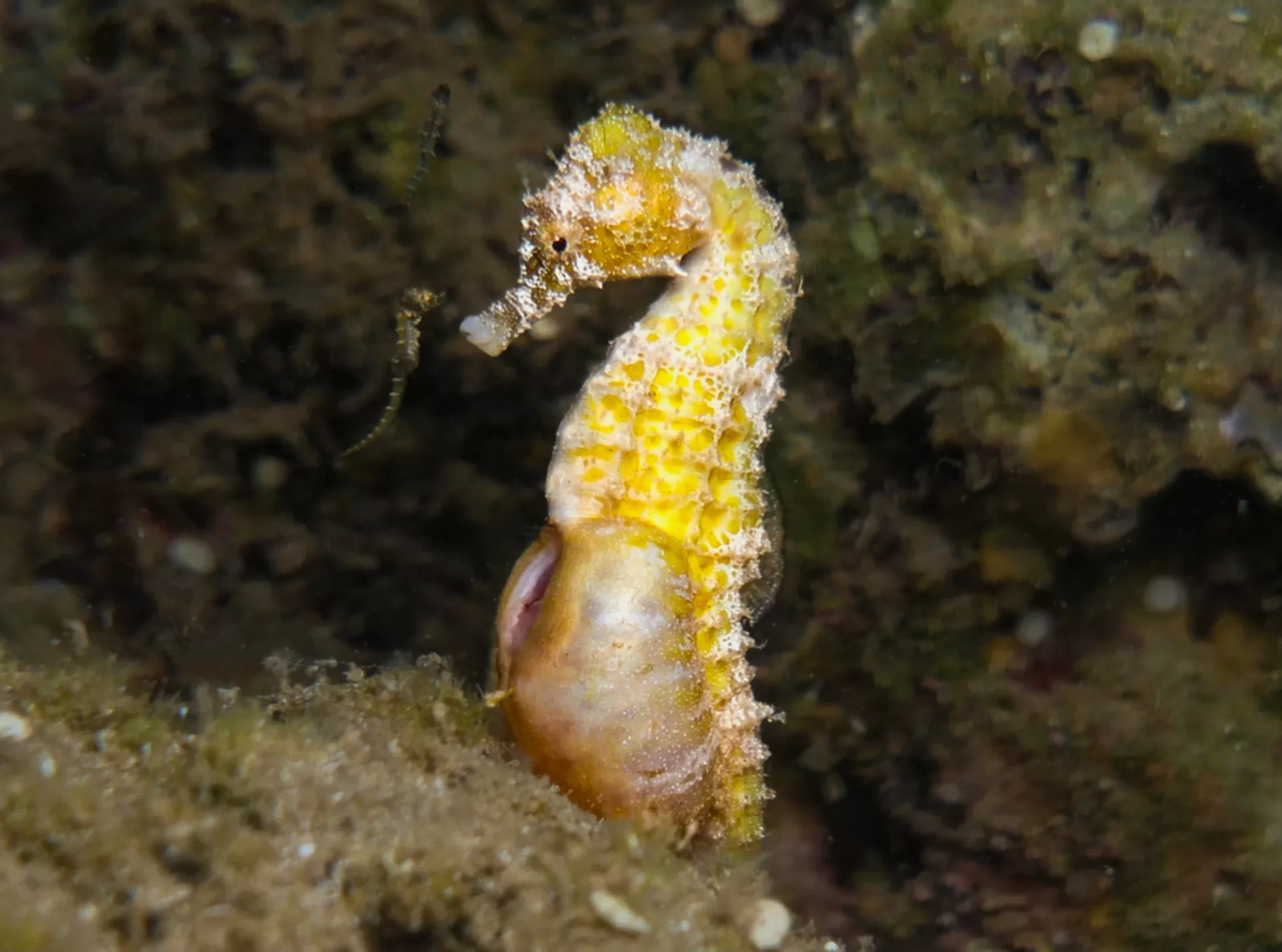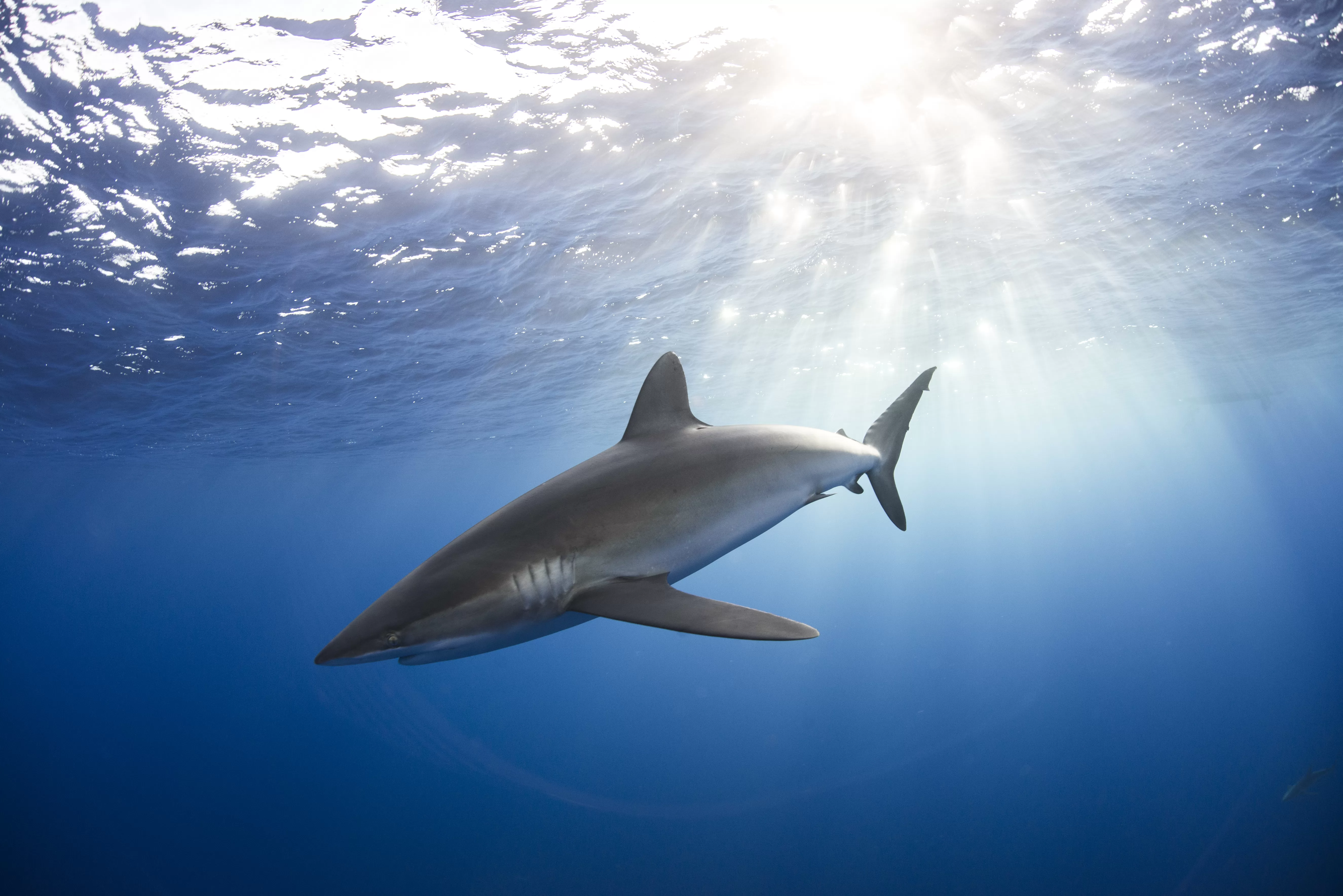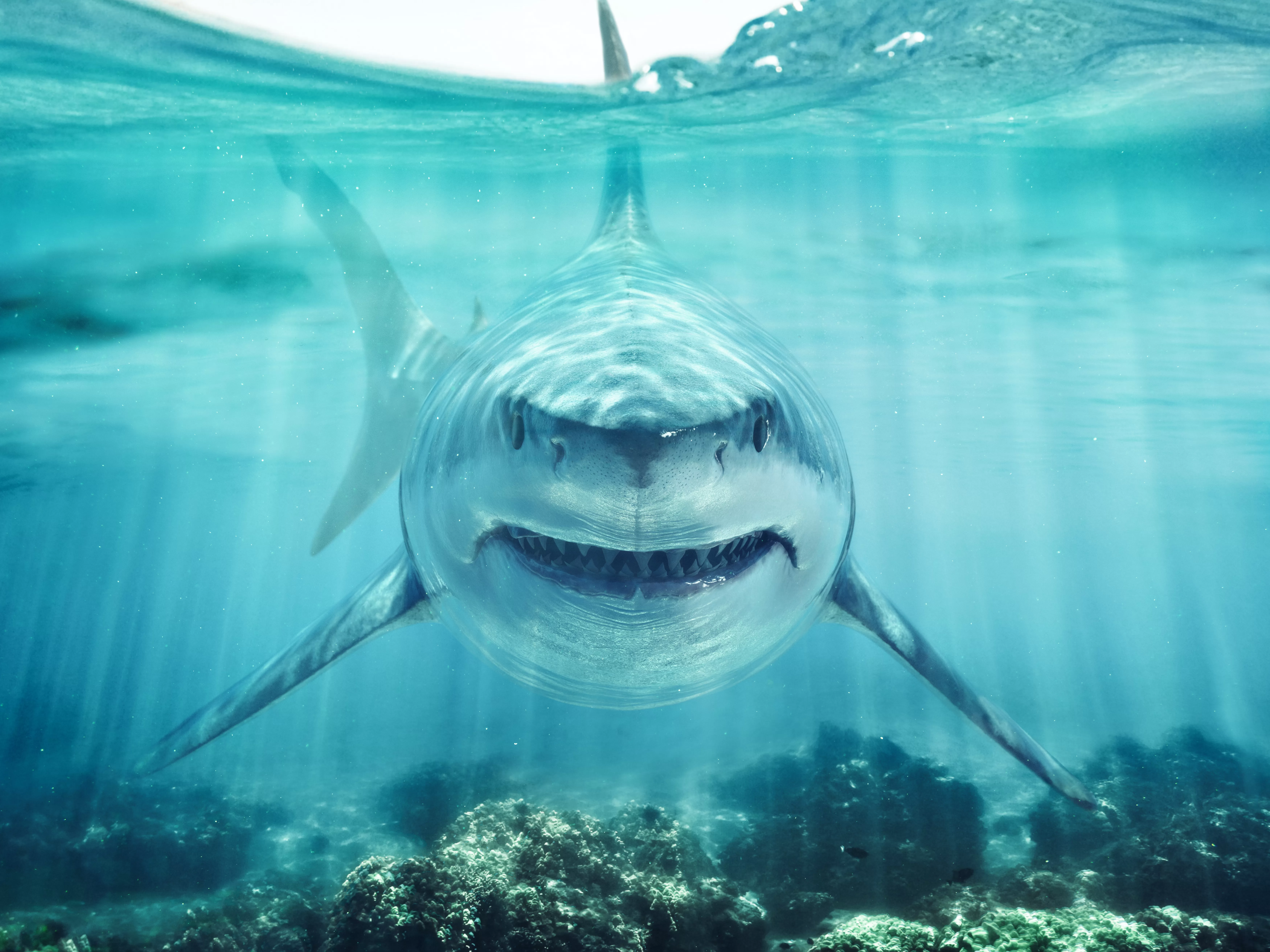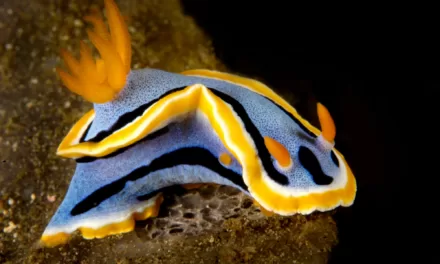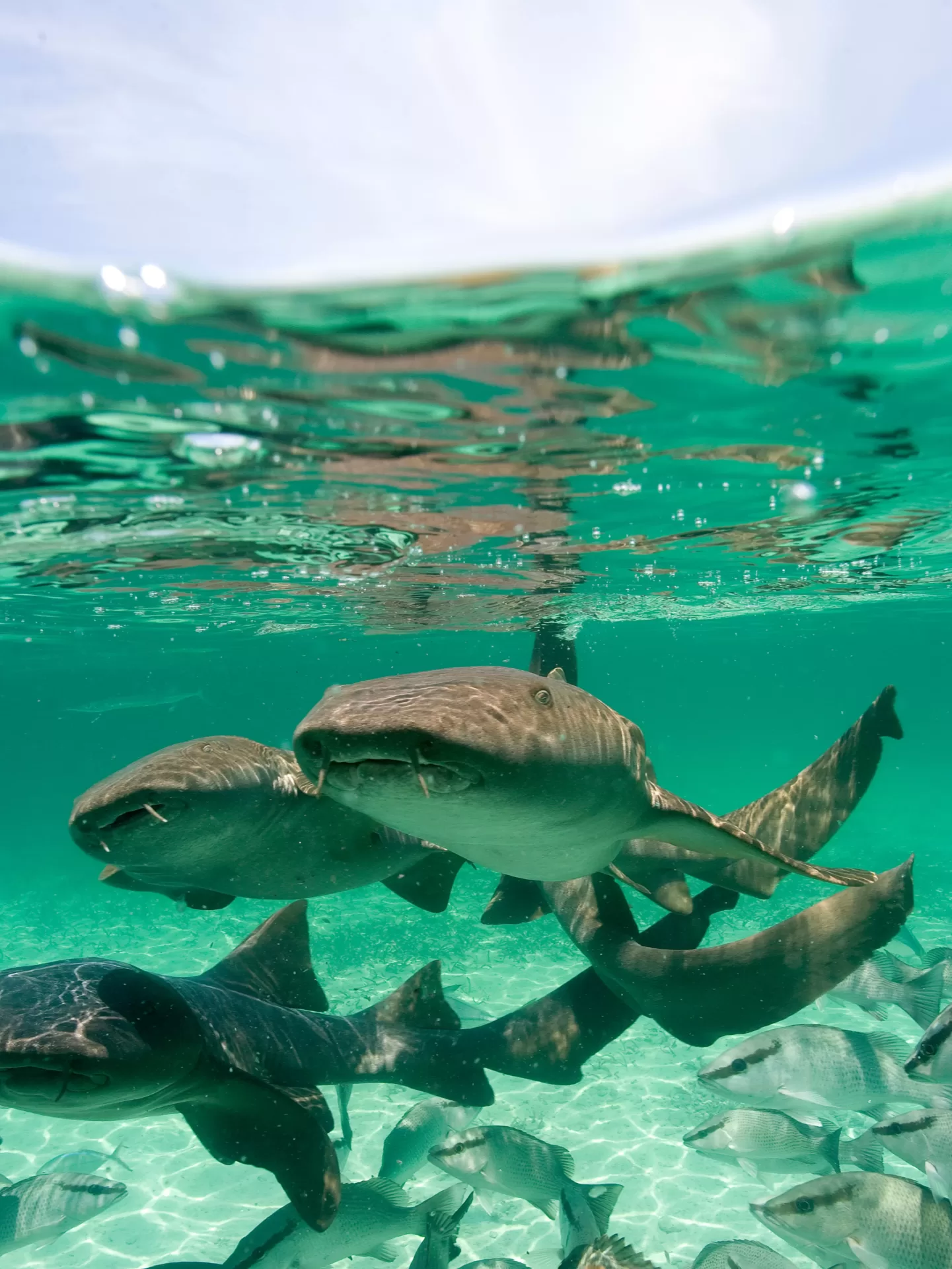Seahorses have captivated people’s imagination for centuries. With their distinctive appearance and unique behaviors, these enchanting creatures have earned the reputation of being one of nature’s most intriguing and mysterious inhabitants. In this short documentary, we will delve into the fascinating world of seahorses, exploring their anatomy, habitats, mating rituals, and conservation status.
Anatomy of a Seahorse
Seahorses belong to the Syngnathidae family, which also includes pipefish and sea dragons. Unlike most fish, seahorses have an upright body posture, a prehensile tail, and a long snout that resembles a horse’s head, hence their name. They come in various sizes, ranging from petite pygmy seahorses measuring less than an inch, to the impressive pot-bellied seahorses that can reach up to a foot in length.
Amazing Adaptations
Seahorses have evolved numerous adaptations that make them well-suited for their unique lifestyle. One of the most remarkable features is their ability to change colors and blend seamlessly into their surroundings, ensuring their camouflage and protection. This ability is crucial for survival since seahorses are slow swimmers and rely on stealth to ambush their prey.
Another incredible adaptation is their prehensile tail, which allows them to anchor themselves to objects such as seagrass and corals. This tail acts as a natural grip, providing stability against surges and currents.
Homes in the Marine World
Seahorses inhabit a wide range of habitats across the globe, from tropical seas to temperate coastal waters. They can be found in shallow seagrass beds, mangrove forests, coral reefs, and estuaries. Each seahorse species has specific habitat preferences, selecting environments that offer sufficient shelter and abundant food sources.
To protect themselves from predators and search for prey, seahorses rely on their slender bodies and excellent maneuverability. They use their pectoral fins, located on both sides of their head, to move around and change direction swiftly.
The Oddities of Seahorse Reproduction
Seahorses have one of the most unique reproductive systems in the animal kingdom. Unlike most species, it is the male seahorse that becomes pregnant and gives birth to the young ones. During courtship, the female deposits her eggs into the male’s brood pouch, where they are fertilized. The male carries the eggs for an average of two to six weeks, providing protection and nourishment until the fully formed miniature seahorses emerge.
This reproductive strategy makes seahorses vulnerable to population decline, as slow breeding rates and high parental investment make it challenging to recover from environmental threats. Increased habitat destruction, pollution, and the aquarium trade have all contributed to declining seahorse populations worldwide.
Conservation Efforts
To preserve these enchanting creatures for future generations, numerous organizations and individuals are actively working towards seahorse conservation. The Seahorse Trust, Project Seahorse, and many others have been instrumental in research, advocacy, and habitat restoration efforts.
It is important for us to remember that seahorses play a crucial role in marine ecosystems. They act as indicators of the overall health of the seagrass beds and coral reefs they inhabit. By protecting their habitats, we are not only safeguarding seahorse populations but also ensuring the survival of countless other marine species.
The Future of Seahorses
As their future hangs in the balance, it is crucial that we raise awareness about the importance of seahorse conservation. By supporting sustainable fishing practices, avoiding the purchase of seahorses for the aquarium trade, and reducing our carbon footprint, we can contribute to their preservation.
Seahorses are truly nature’s enigma, captivating the hearts of scientists, divers, and nature enthusiasts alike. Their unique appearance, mesmerizing movements, and intriguing behaviors remind us of the wonders that lie beneath the surface of our oceans. Let us continue to explore, appreciate, and protect these magical creatures to ensure that future generations can also witness the beauty of seahorses in all their glory.
